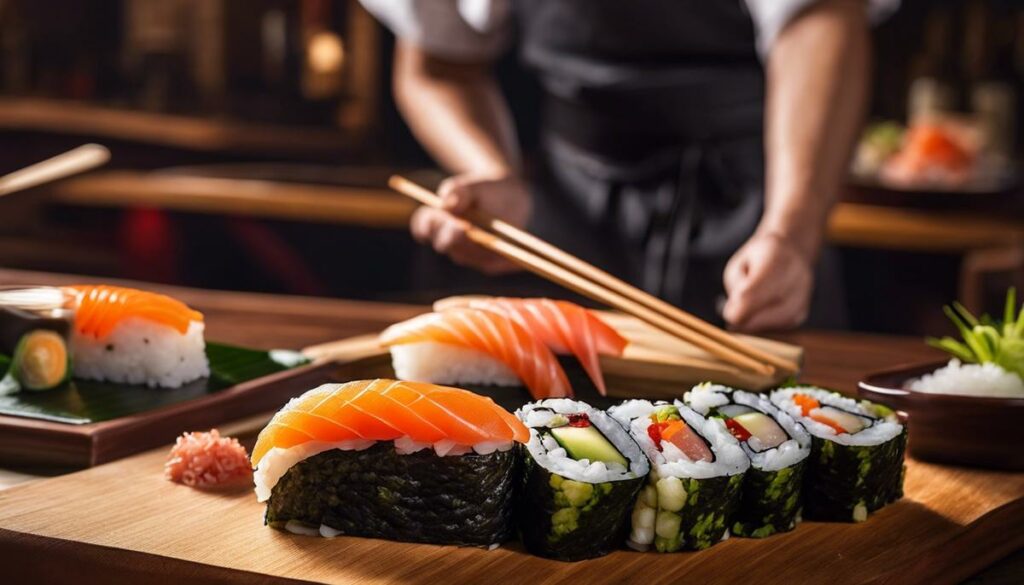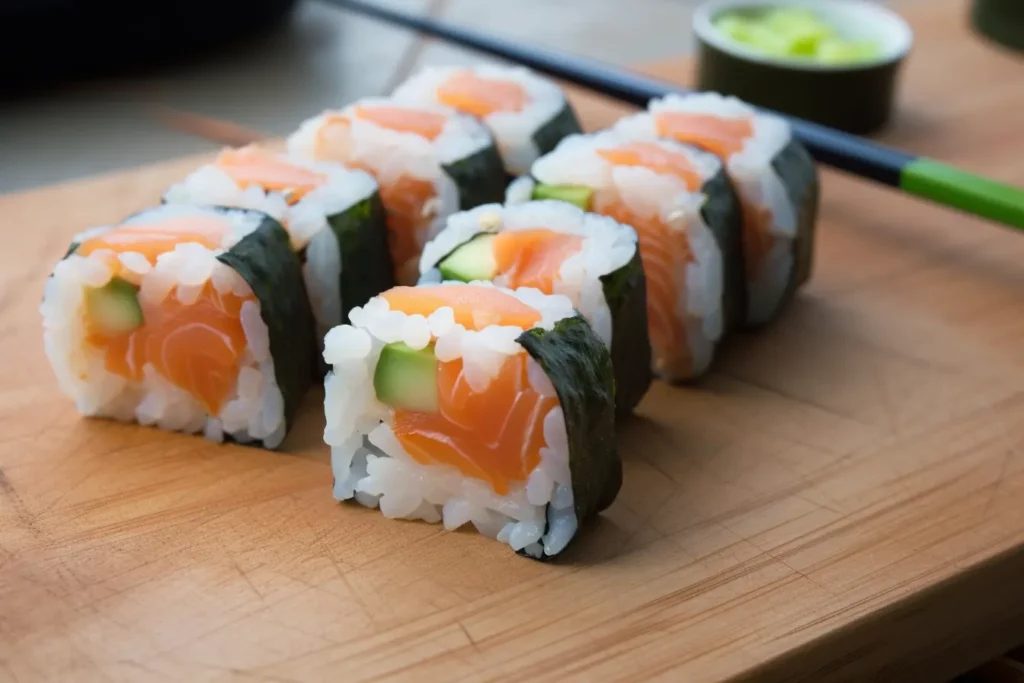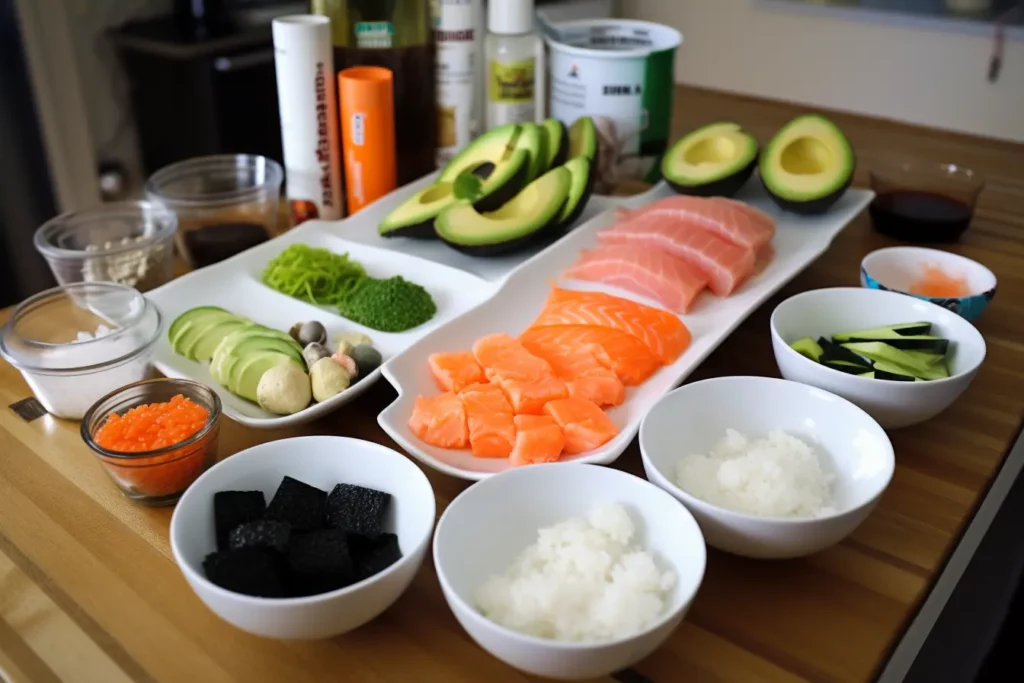The art of making sushi has a rich history and deep cultural significance, both of which have been passed down from generation to generation. Although making sushi may seem like a complex and intimidating task, the truth is that it is a skill that can be learned and refined, especially by taking sushi classes. Our essay explores the basics of a typical sushi class, examines the costs and benefits of the investment, outlines the benefits of producing sushi yourself, and sheds light on the potential challenges along the path of learning. In addition, we will give you a comprehensive overview of the topic by sharing personal experiences and reports from course participants.
The basics of a sushi course
Our everyday life, dear readers, can often be hectic and difficult. For this reason, it is important that we take time to escape our stressful lives and have new experiences. One of the ways to do this is to take a sushi class. But what are the basic aspects of a sushi class? Let’s dive in and learn more together.
First of all, it is taught what foods and skills are needed. Participants will learn which fish and vegetables go best with which sushi and how to handle raw fish safely. In addition, sushi masters teach the artistry of sushi rolling and explain the importance of rice steaming and seasoning, two key factors in making excellent sushi.
Another important aspect is learning the history and cultural significance of sushi. Far more than just a meal, sushi is a multifaceted art form, embedded in a Japanese tradition that demands respect and dedication. A deeper understanding of this history can lead to a greater appreciation for food and provide an even more memorable experience.
The presentation is also a central element of a sushi course. To provide a true sushi experience, sushi masters use their presentation skills to explain a design philosophy that encompasses the play of colors, shapes, and textures. In addition, you will be taught how to choose the right tableware to deliver the perfect experience.
Last but not least, the enjoyment of sushi takes place in good company. Creating sushi with other participants is an excellent way to make new friends and celebrate cultural diversity.
All of these elements combine to create an immersive and fulfilling experience that is as educational as it is fun. It’s not simply about rolling up rice and fish, it’s about dedication to an art form that celebrates the beauty and simplicity of Japanese cuisine. Sushi classes are more than just simple cooking lessons – they are an invitation to experience a new world full of taste, culture and community.
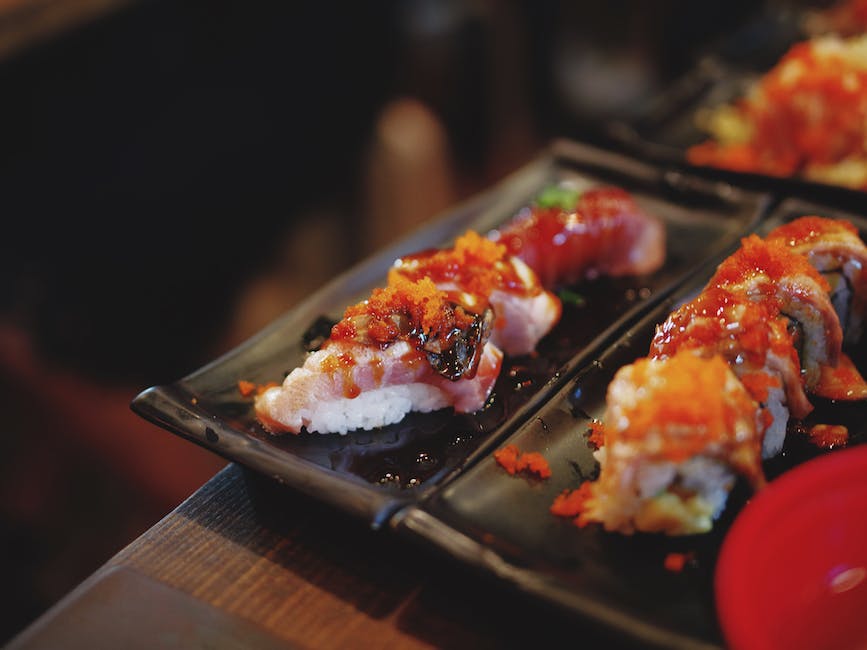
Cost-benefit analysis of sushi courses
Well, as we delve deeper into the intricacies of a sushi class, we can also gain an appreciation for the artisanal skills required in the beautiful art of sushi craft. With a skilful hand and exquisite ingredients, it requires both finesse and knowledge.
Sushi is much more than just delicious food. It is an expression of taste, creativity and craftsmanship. It’s about appreciating fresh ingredients, practicing mindfulness in preparation, and presenting the finished product beautifully. A well-conducted sushi class can help you discover these attributes in the context of cooking.
It’s not just about rolling and shaping sushi. It’s also understanding the texture-important interplay – how the rice complements the fish flesh and how this combination interacts with other elements, such as parts of vegetables or spicy wasabi. All these components combine to create an unparalleled taste experience that pays homage to the presence of the moment.
The social aspect of a sushi course should not be overlooked either. It’s a place where like-minded foodies can come together, connect, and experience new things. It’s a perfect place to make friends, deepen relationships, and share a fun, culinary experience together.
Last but not least, sushi classes allow you to explore the diversity and richness of Japanese cuisine in a deeper and more personal way. They illustrate the essence of omotenashi – the Japanese hospitality and attention to detail that defines and surrounds this art form.
All in all, the question of whether a sushi course is worth the price is met with a resolute answer: Yes, absolutely. It’s much more than a cooking class. It’s a sensory experience, a lesson in taste and texture that, in addition to delicious dishes, offers a richer understanding and deeper appreciation of the art and way food is prepared and enjoyed. And that, dear ones, is an experience worth every penny.
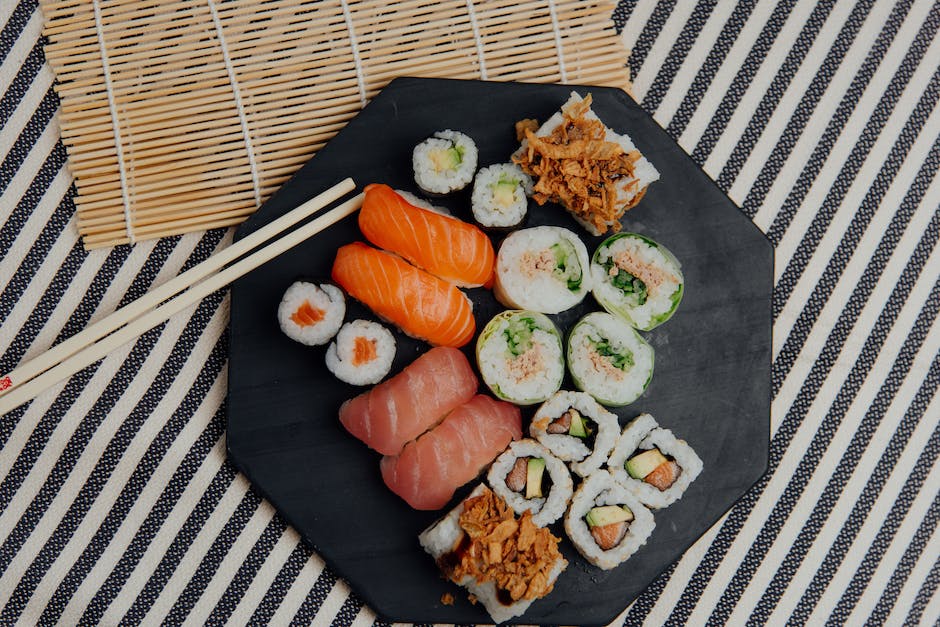
Advantages of making sushi yourself
Pleasure for the palate, gift for the senses
Nothing beats the joy of producing a perfect roll of sushi after hours of careful planning and precision. Making your own sushi offers the pleasure of being part of the art and science behind it – and the result? A taste experience according to your own taste.
The physical and mental benefits
Let’s face it, learning the craft of sushi can be considered a form of meditation. The careful and methodical preparation, cutting and shaping requires concentration and patience. Through the sushi making process, you can be anchored in the here and now and escape the daily hustle and bustle.
A guide to domestic sustainability
In the world of fine dining, nothing beats the freshest catch of the day. The homemade sushi opens a whole new door to imagination and creativity. It makes it possible to use seasonal and locally available ingredients, preserving freshness and quality while supporting the local economy.
A portal to the fascinating culinary world of Japan
Those who delve deeper into the diverse aspects of Japanese cuisine will be well rewarded by making their own sushi. It offers another opportunity to learn the interplay of different tastes and techniques. With the practice of do-it-yourself, you can follow the traditional guidelines or be brave and incorporate your own creative twists.
A hobby that impresses
Mastering the art of sushi says a lot about a person’s character. Attention to detail, patience, precision and a desire for constant improvement are practical skills that can be applied in all areas of life. Be the star of the next dinner night by impressing your guests with your new skill and serving the expressive taste and delightful aesthetics of homemade sushi.
Get on your way. Create a sushi experience that guarantees a treat for both the eyes and the palate.
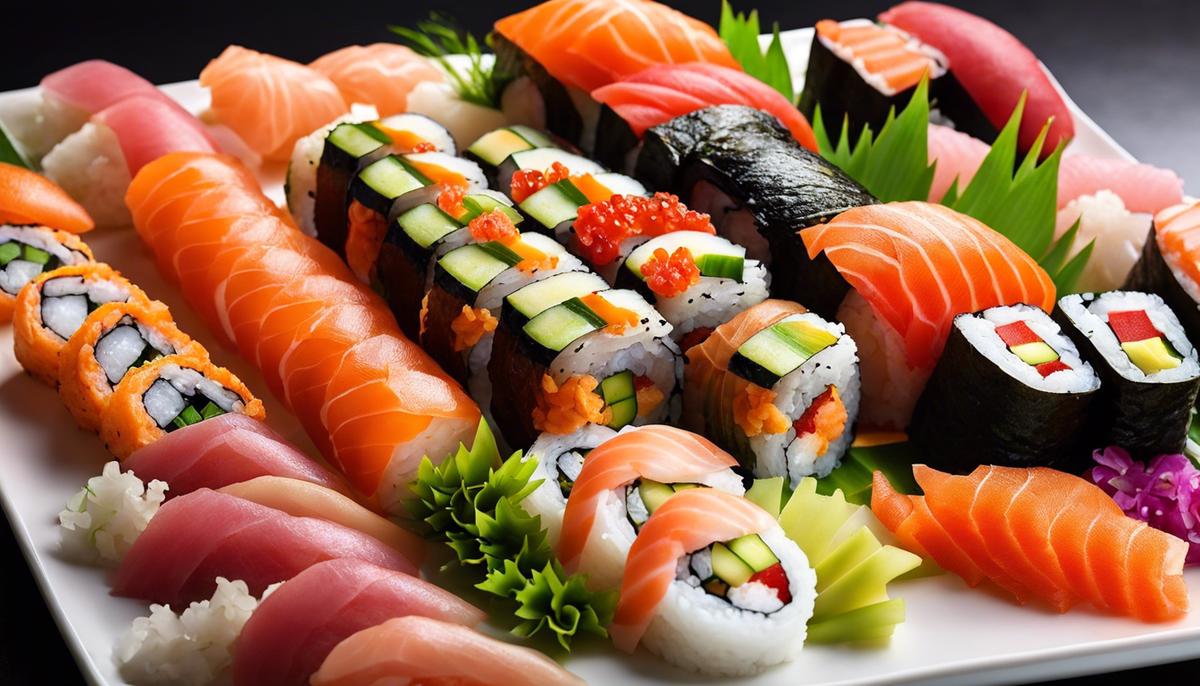
Sushi-making challenges
Despite all these wonderful aspects and the great value that a sushi class can provide, there are some challenges that come with learning how to make sushi. But don’t worry! With commitment, patience and, above all, practice, everyone will be able to successfully master these challenges.
One of the most significant challenges in learning to make sushi is mastering the fine techniques. For example, rice baling, rolling and proper cutting require skill and precision. These techniques may seem complex and intimidating at first, but with enough practice and patience, they will eventually become second nature to any sushi master.
Another challenge is the careful selection and proper handling of the ingredients. The authentic taste of sushi is due to the quality of the ingredients. Therefore, it is important for a budding sushi chef to learn how to cook and season the rice to perfection or how to choose the freshest fish and cut it properly. Without knowledge and experience in these areas, it becomes difficult to make sushi that is both tasteful and visually appealing.
Last but not least, finding the right balance is a challenge. The harmony of flavors and textures is what makes sushi a unique culinary experience. The perfect sushi roll is not too firm and not too fluffy, the rice is perfectly seasoned and not too sticky, the fish is fresh and has just the right consistency. Achieving this balance requires a deeper understanding of the components of sushi and how they work together, which can only be achieved through constant trial and error.
But while learning how to make sushi comes with challenges, it also brings many joys and rewards. It is an experience of self-discovery and self-improvement that leads to a greater understanding and deeper appreciation of the art and culture surrounding sushi. Thus, every struggle, failure, and challenge on the way to becoming a sushi master becomes part of a valuable and fulfilling journey. So be relieved, because every effort and commitment dedicated will pay off in the end. With every mistake you make and every improvement you make, you’ll get closer to the perfect sushi. So let’s enjoy learning, because it’s the path that makes the journey worthwhile.
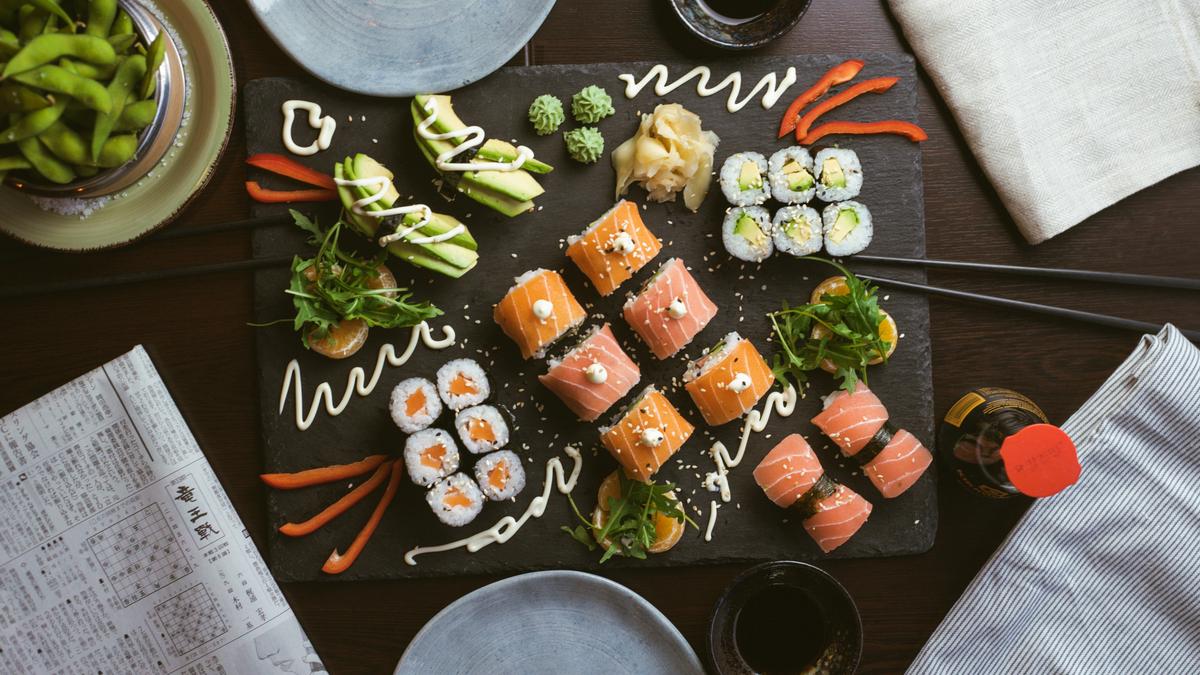
Testimonials from Sushi Course Participants
The unique experience of a sushi class can be greatly enriched by listening and learning from other participants. It’s not just about learning new techniques, it’s also about spending real time in a sociable environment and making lifelong friendships. Participants often praise the intimate experience that allows them to fully engage in the learning process.
Some students emphasized that one of the biggest benefits is the ability to learn the finer techniques needed to make sushi properly. These techniques can be difficult to master, but with the personal guidance of an experienced teacher, students can improve their skills, correct mistakes, and streamline the entire learning process.
Another important aspect that many participants appreciate is the experience of finding the right balance when preparing sushi. It’s not just the art of carefully arranging the ingredients – it’s also the understanding of how their flavors interact with each other. The need to find a harmonious balance between the different ingredients provides a profound lesson in taste and texture.
Participants are often amazed and delighted at the impact that learning the art of sushi has on their personal lives. The focus and mindfulness that sushi craft requires can often seem like a form of meditation. Many find that the process of making sushi has a relaxing effect and helps to calm and center the mind.
In addition, learning the craft of sushi can also be a way for self-discovery and self-improvement. Its production requires precise, deliberate movement, careful selection and handling of ingredients, and a high degree of commitment and dedication. These processes can help participants discover and develop new sides of themselves.
In conclusion, taking a sushi class is a rewarding experience for many. It offers the opportunity to learn new skills, make new friends, and delve deeper into the fascinating world of Japanese cuisine. It’s a journey of learning and discovery that goes far beyond simply making sushi.
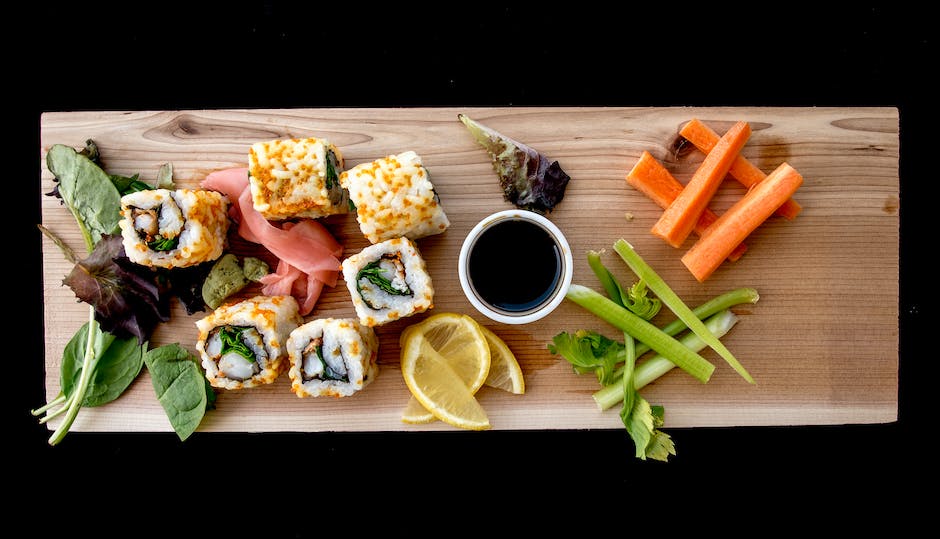
After analyzing the topic in detail, the original question still remains: is it worth investing in a sushi course? The answer, of course, varies from person to person, depending on individual priorities and interests. For some, learning how to make sushi could be a fulfilling hobby and an uplifting experience, while for others, it would be a costly affair with no significant benefits. Ultimately, it’s up to each individual’s personal preferences and goals to decide if investing in a sushi course is worth its value. After all, we are all on our own unique journey to create and enjoy the perfect sushi.
